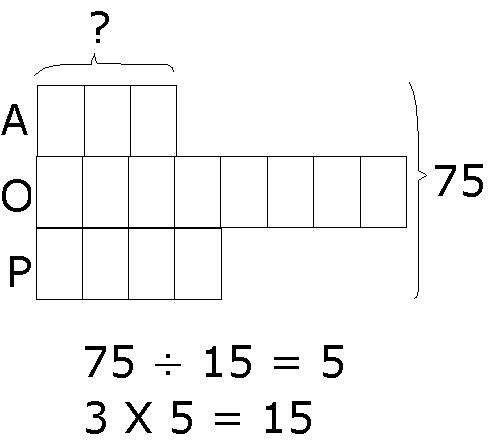Variations of Ratio Model
(a) The total value of one of the items is given.
E.g. The ratio of the number of apples to oranges John had is 3:8. If there are 15 apples, how many oranges are there?
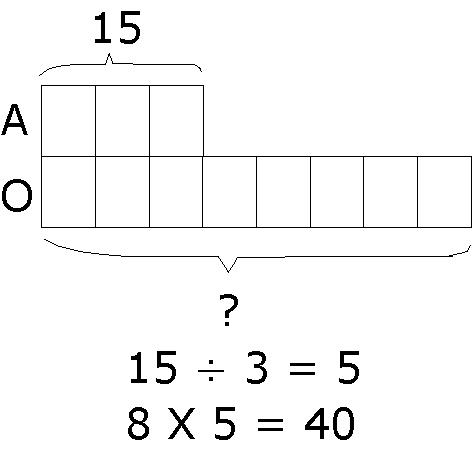
E.g. The ratio of the number of apples to oranges John had is 3:8. If there are 40 oranges, how many apples are there?
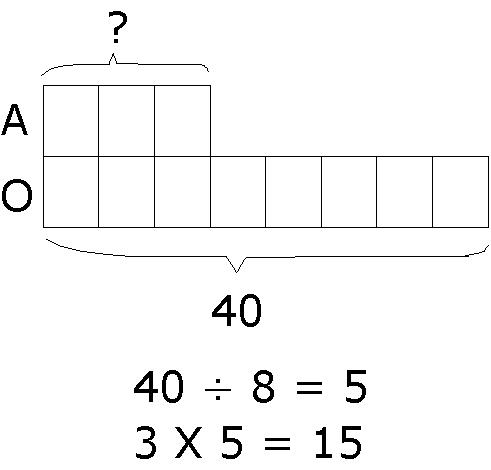
(b) The difference in value between the 2 items is given.
E.g. The ratio of the number of apples to oranges John had is 3:8. If there are 25 more oranges than apples, how many apples are there?
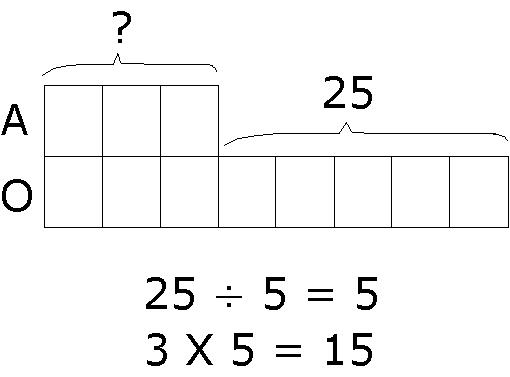
(c) The total value for all the items is given.
E.g. The ratio of the number of apples to oranges John had is 3:8. If there are 55 fruits altogether, how many apples are there?
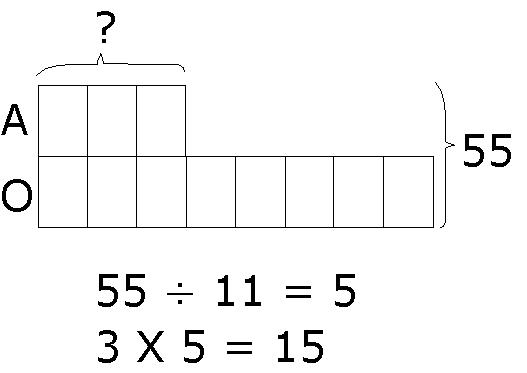
(d) More than 2 items involved.
E.g. The ratio of the number of apples to oranges to pears John had is 3:8:4. If there are 75 fruits altogether, how many apples are there?
